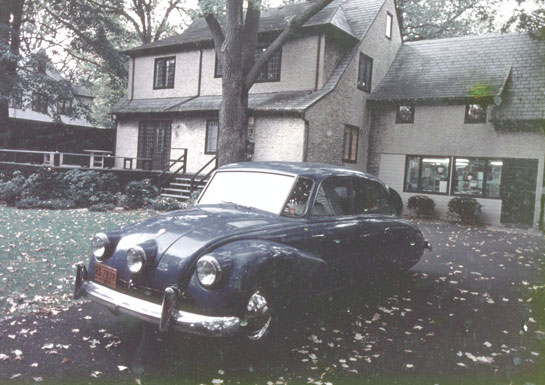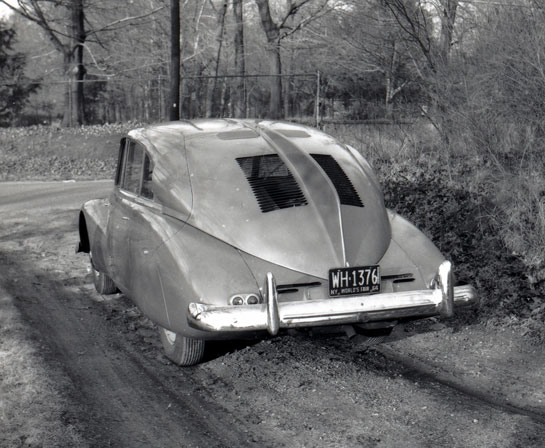Story and Photos by Karl Ludvigsen
Journalist Gordon Wilkins said that ‘although it has an impressive performance, it produces in the driver the uneasy exhilaration which may be got from shampooing a lion.’ Consumer advocate Ralph Nader called it the only car that was more dangerous than the much — oft unjustly — maligned Corvair. The German Army was said to have barred its officers from driving it, lest their numbers be diminished even more rapidly than World War II was already managing.
How are we to judge these harsh estimations of the Type 87 Tatra? I found a good assessment to be 14 years of ownership of just such a car. Why did I buy a Tatra T87 from the Honda dealer to whom it had been traded for two motorcycles? I had always nursed a passion for the innovative experiments of the 1930s with streamlined rear-engined cars. Burney, Stout, Tjaarda, Porsche, Fuller, Bel Geddes, Ledwinka, Übelacker and Schjolin were only the best-known of the many adventurous designers and engineers who saw the future of the automobile in rear engines and advanced aerodynamics.
In the 1930s most of these men designed and built, at best, short series of cars or prototypes. Hans Ledwinka was the only engineer whose advanced rear-engined passenger cars were series-produced during the decade. The pathbreaking Tatra cars were manufactured by Ringhoffer-Tatra at its sprawling factory at Koprivnice in Moravia, since World War I part of Czechoslovakia.

